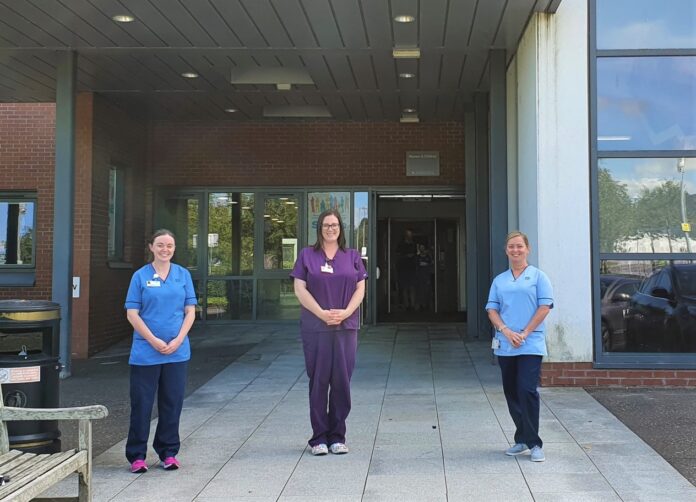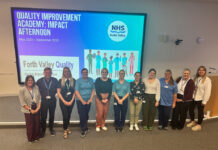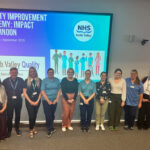
NHS Forth Valley is the only site in Scotland to join a UK study into a diagnostic test which could help gynaecologists rule out womb cancer in three hours.
Most womb cancer usually starts in the lining of the womb and is also known as endometrial cancer. Detecting the cancer marker MCM5 (Minichromosome Maintenance Complex Component 5) in the urine, could reduce the need for painful invasive procedures and biopsies in women suspected of having the disease.
The study is concentrating on women with post-menopausal bleeding, one of the most common symptoms of womb cancer. Diagnosis usually involves taking a biopsy from the lining of the womb which can be uncomfortable and even painful on some occasions. Many thousands of these tests are carried out in the UK each year however most women who undergo a biopsy will be found not to have endometrial cancer.
Around 9,400 women are diagnosed with endometrial cancer in the UK each year. This makes it the fourth most common cancer in women in the UK – and the sixth most common globally – and the incidence and prevalence continue to rise each year.
NHS Forth Valley Consultant Gynaecologist, Dr Sarah Barr, said; “I’m very excited that NHS Forth Valley is participating in this important study. Womb cancer is becoming increasingly common, but it usually presents early with unscheduled vaginal bleeding after menopause and is often very treatable when identified early.
“We really want to encourage anyone with these symptoms to come and have a check-up as soon as possible but we know gynaecological internal examinations are not always very easy and can sometimes mean that people are too scared to come and be seen. A reliable non-invasive test using a simple urine specimen could be a game changer for early diagnosis, both for improving outcomes for women with cancer, and for being able to reassure women experiencing potential symptoms when they don’t have cancer.”






